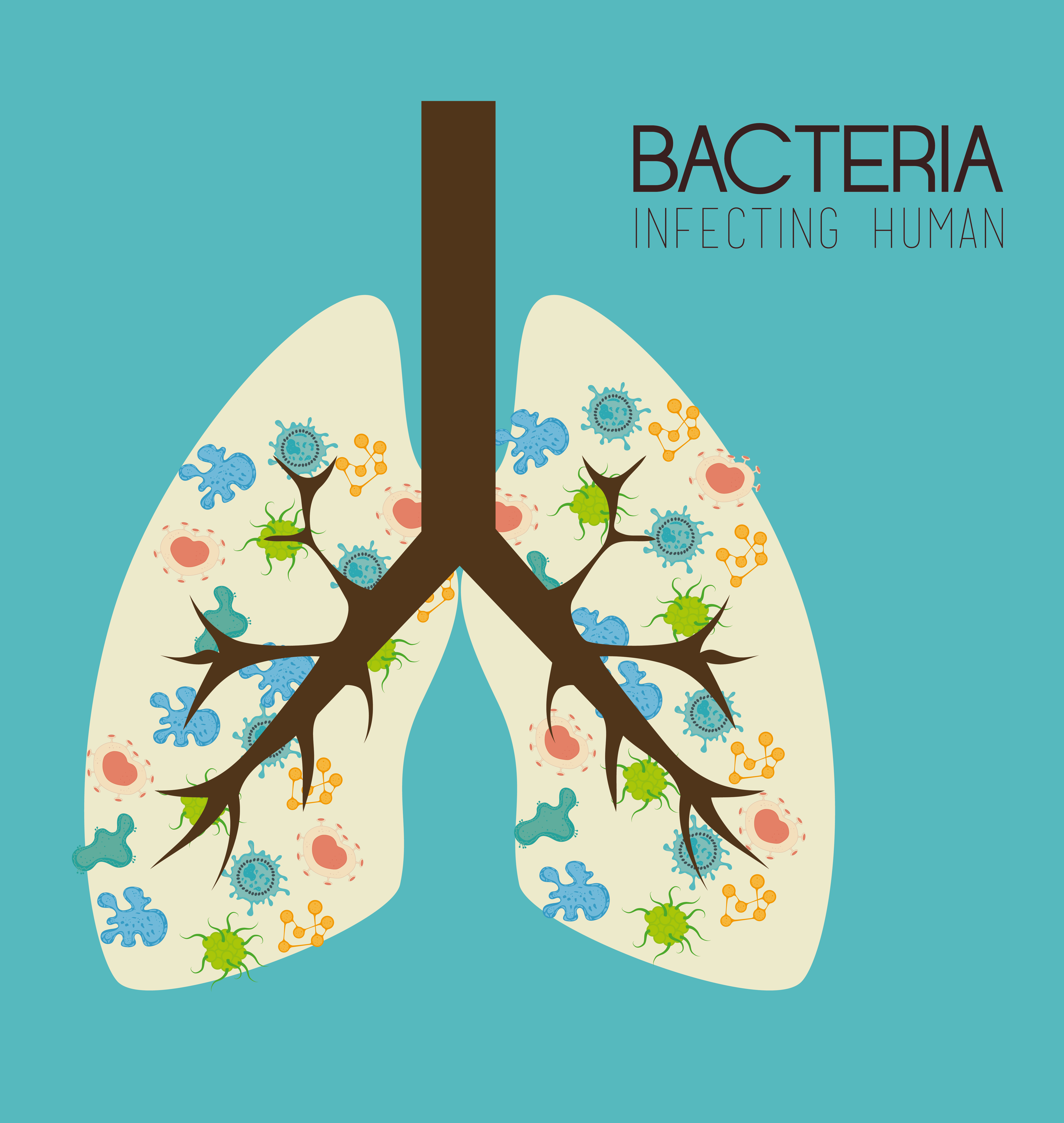In a recent study entitled “Insights into the respiratory tract microbiota of patients with cystic fibrosis during early Pseudomonas aeruginosa colonization,” researchers investigated the impact of Pseudomonas aeruginosa presence on the dynamics and structure of microbial communities in the lungs of young patients with cystic fibrosis. The study was published in the journal SpringerPlus.
Cystic Fibrosis (CF) is caused by mutations in the CFTR gene (short for cystic fibrosis transmembrane conductance regulator). The protein coded by the Cftr gene (CFTR protein) controls chloride and sodium ion gradients in cells of lung and intestinal epithelium. In the absence of a CFTR functional protein thick mucus accumulates in CF patients’ lungs and intestine, rendering these patients more susceptible to infections. The respiratory tract of CF patients is colonized from an early age by several pathogens, but Pseudomonas aeruginosa is one of the most prevalent and was associated with a gradual deterioration of pulmonary function.
Due to the major role in cystic fibrosis progression, authors determined the initial steps of Pseudomonas aeruginosa infection in CF patients. Specifically, the team aimed to understand whether early Pseudomonas aeruginosa colonization in CF patients changed the respiratory microbiota (both the community structure and microbes relative abundance). To this end, they characterized the dynamics of microbial communities in CF patients’ respiratory tract by sequencing the microbial community DNA (by pyrosequencing and cloning-sequencing). They studied five CF patients (ages between 5 to 19 years old), who were followed during a mean period of 22 months, and had sputum samples analyzed.
They found that the respiratory tract presented high diversity, which can be explained by the young age of these patients (according to previous studies, microbial diversity peaks with the range of 10 years of age). However, further studies are needed to confirm these associations. The team discovered that some bacterial species were more prevalent in patients negative for Pseudomonas aeruginosa and found that obligate anaerobes microbes (i.e., microorganisms that live and grow in the absence of molecular oxygen) were especially enriched in these patients. As a result, they suggest the persistence of an anaerobic core microbiota (independently of Pseudomonas aeruginosa) might mean that these types of microbes can play a special role in the pathogenesis of lung infections in CF patients. This feature is particularly important to test, in future studies, if the presence of specific microbial strains can serve as biomarkers for pulmonary infection level.

